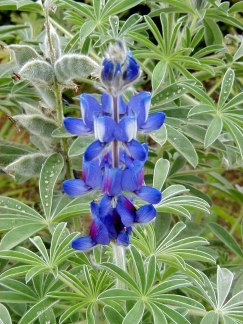
Come-in through the ancient gate and visit My Home, the kibbutz
GAN SHMUEL
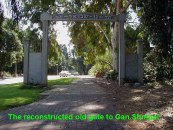
The Passover Saga (Hagada of Pesach)
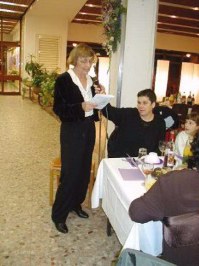 Fredzia reads from Hagada
Fredzia reads from Hagada 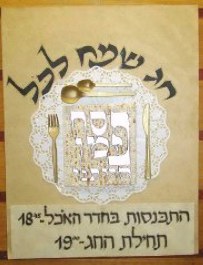
"After 210 years of slavery in Egypt, Moses told Pharaoh that he must "Let My People Go." Each time Pharaoh refused to release the Israelites, God punished the Egyptian by 10 plagues. The tenth and final plague was the death of firstborn children. In executing this plague, God passed through the land of Egypt, but "passed over" (more correctly to say "skips over") Jewish homes. Thus, the holiday is called Passover. The Israelites were then released from bondage. But the Israelites only truly became free when, 50 days after the Exodus, they accepted the Torah from God at Mount Sinai. Thus, the Jewish nation was born."
The History of Pesach
Passover (Pesach, in Hebrew) is the first of the three harvest festivals in the Jewish calendar. It takes place in the month of Nisan, the first month in the Jewish calendar. The other two holidays are Shavuot, which takes place 50 days after the first day of Passover, and Sukkot, which follows four days after Yom Kippur in the fall. On these three festivals, adult male Israelites were expected to make a pilgrimage to the Temple in Jerusalem to bring offerings to God in thanks for the fruitfulness of the land (read the book Deuteronomy 16:16-17). Since most pilgrims walked, these three festivals are referred to as the Shlosha Regalim (literally “three feet” festivals).
Pesach was originally an agricultural festival that took place at about the time of the barley harvest in Israel. The Torah, however, shifts the emphasis of this holiday to the Jewish exodus from Egypt. It is this historical focus that has dominated the observance of Passover for well over two thousand years.
Passover has several different names in the Torah. The name Hag HaAviv, “the spring festival,” refers to the holiday's agricultural roots. The term Pesach refers to the paschal offering on the fourteenth day of the month Nisan. The lamb was eaten on the first night of the holiday, which today is the night of the first seder. The term Hag HaMatzot, “the matzah festival,” refers to the entire holiday during which leavened bread (Hametz) is not eaten.

The religious people are carefully searching for the Hametz, in order to eliminate it from the house, to avoid contamination of the specially prepared foodstuff for the Seder.
The Pesach Seder in Gan Shmuel 2002
27 March -3 April 2002
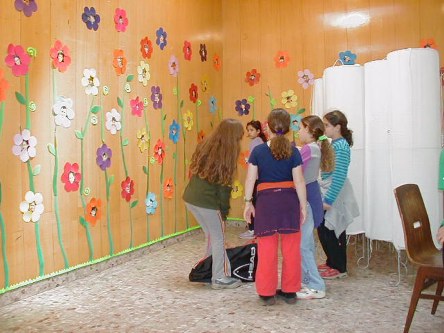
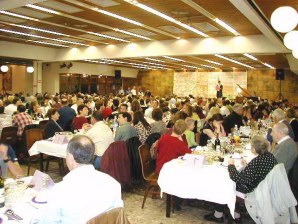
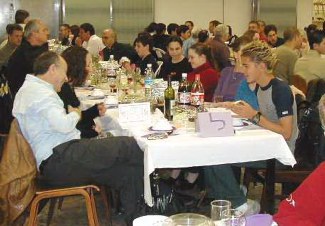
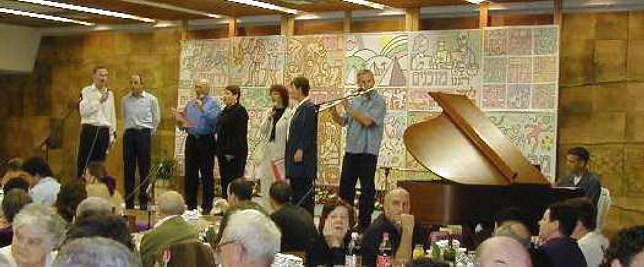
Had-Gadya played by the children
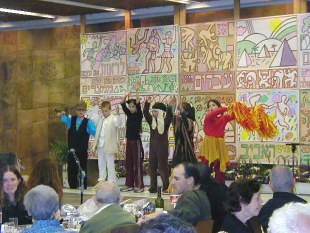
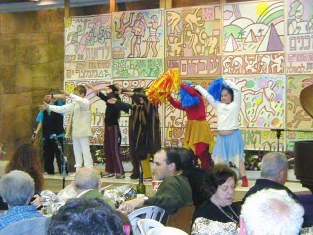
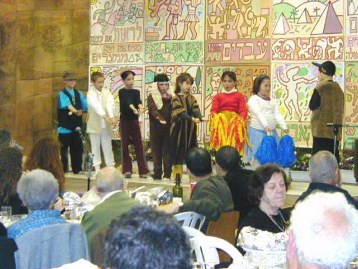
Some of the Pesach symbols

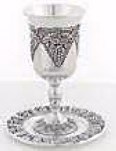
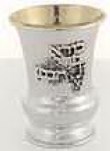 Eliyahu Cups
Eliyahu Cups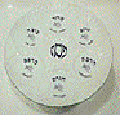
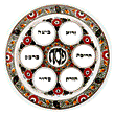
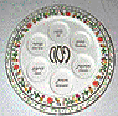
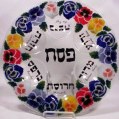 Matzos Plates
Matzos PlatesThis year we celebrate the Passover dinner (Seder Pesakh ) on Wednsday evening. As every year, all people of the kibbutz, joined by their guests and families, are sharing the Passover dinner in our Dining Hall, sitting around tables, which are covered with delicious foods and drinks. During the dinner, the people read the HAGGADAH book (saga and mythos of the liberation from the Egyptian slavery and the beginning of the Israeli freedom, at the times of the prophet Moses). During the Seder, the people relive the story of the Exodus as if they themselves are going from slavery to freedom. While eating and drinking wine, the people are also singing traditional Passover songs.
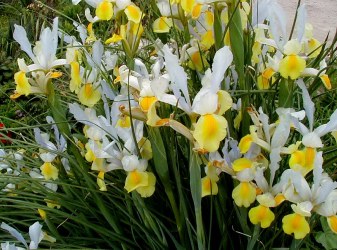
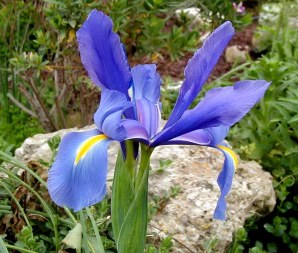
Some flowers from our gardens in Gan Shmuel
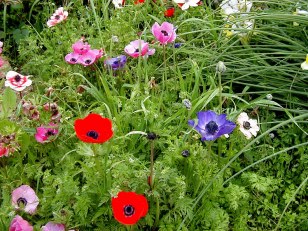
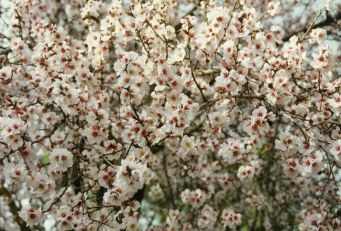
The Passover is also considered as a Spring Holiday. All country is covered with flowers and the trees are blooming. The whole Israel is dominated by orange and other citrus blossom smell. Even the Negev desert, in the south of Israel, is covered with carpets of flowers.

